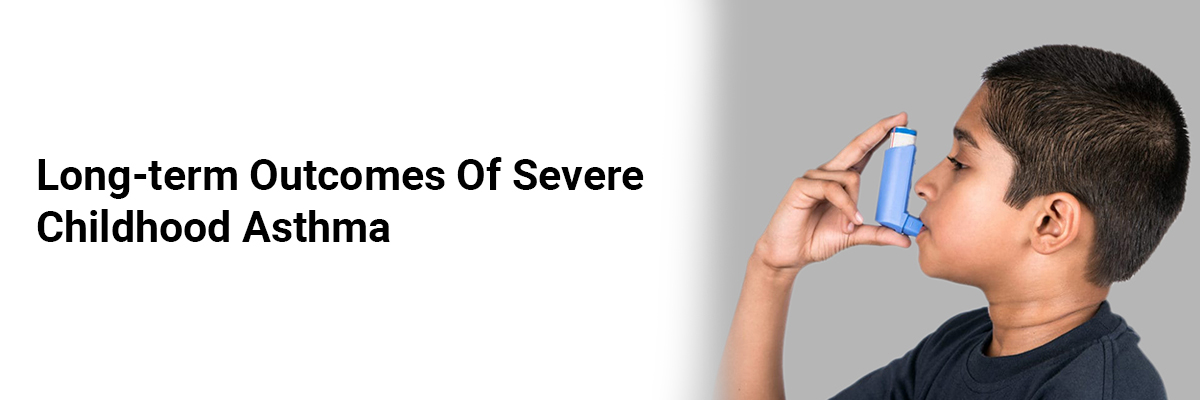
 IJCP Editorial Team
IJCP Editorial Team
Long-term Outcomes of Severe Childhood Asthma
Among adults aged 65 years and older, who had severe asthma in childhood, only one in ten achieved asthma remission, while one in three experienced persistent airflow limitation, according to a 60-year follow-up study of adults with a history of severe childhood asthma published in the journal Chest.1
A 60-year follow-up study was conducted with individuals with a documented history of severe childhood asthma to evaluate their disease characteristics in adulthood. The study included Danish adults who had a history of severe asthma during childhood and had undergone a 4-month stay at an asthma care facility in Kongsberg, Norway, between 1950 and 1979.
After an average follow-up of 60 years, the patients were assessed via questionnaires and laboratory tests, spirometry, fractional exhaled nitric oxide (FeNO), bronchodilator reversibility, bronchial provocation with mannitol, and measurements of static lung volumes. Written informed consent was obtained from all participants. Patients in remission had not used any asthma medication and had been asymptomatic within the past one year. The others were categorized as having current asthma.
A total of 1394 individuals were eligible for the study; of these, 232 completed the follow-up. Their mean age was 66.1 years. Among these, 89.7% had current asthma and 10.3% were classified as having asthma remission. Twenty-six percent reported experiencing exacerbations within the previous year. 21.6% had been treated with antibiotics for lower airway infection. Only 15.7% of all the participants were managed in secondary care.
Almost all the participants with current asthma were receiving inhaled controller therapy (83%). And two-thirds of those with current asthma used short-acting β2-agonists as reliever, while others used long-acting β2-agonists, inhaled corticosteroids (ICS), or long-acting muscarinic antagonists.
Sixty percent of those having current asthma had allergic rhinitis; 21% had hypertension, 16% had eczema and 8% had cataract. Participants with persistent asthma had significantly higher total IgE levels, lower FEV1 % predicted, and a reduced FEV1/FVC ratio compared to those in remission. They also showed numerically higher levels of FeNO (26.7 ppb vs 20.1 ppb) and blood eosinophil count (0.19 vs 0.17 109/L).
The definition of asthma remission used in this study emphasizes symptom management and medication use in the previous 12 months, recognizing asthma management from the patient’s perspective. It considers how individuals perceive their symptoms and acknowledges that the treatment they report through questionnaires may differ from the prescribed treatment. This study offers valuable insights into the long-term prognosis of severe childhood asthma. It showed that nearly 90% of patients with a history of severe childhood asthma continued to have asthma during adulthood at a mean age of 66 years. Those with persistent asthma exhibited impaired lung function and elevated levels of type 2 inflammatory biomarkers compared to the 10% in remission. Hence, severe childhood asthma is a risk factor for potentially debilitating lung disease later in life.
Reference
1. Savran O, et al. Characteristics of adults with severe asthma in childhood: a 60-year follow-up study. Chest. 2024 Oct;166(4):676-684. doi: 10.1016/j.chest.2024.06.005

IJCP Editorial Team
Comprising seasoned professionals and experts from the medical field, the IJCP editorial team is dedicated to delivering timely and accurate content and thriving to provide attention-grabbing information for the readers. What sets them apart are their diverse expertise, spanning academia, research, and clinical practice, and their dedication to upholding the highest standards of quality and integrity. With a wealth of experience and a commitment to excellence, the IJCP editorial team strives to provide valuable perspectives, the latest trends, and in-depth analyses across various medical domains, all in a way that keeps you interested and engaged.



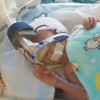
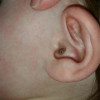





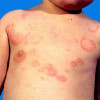
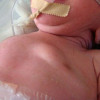


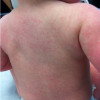





Please login to comment on this article